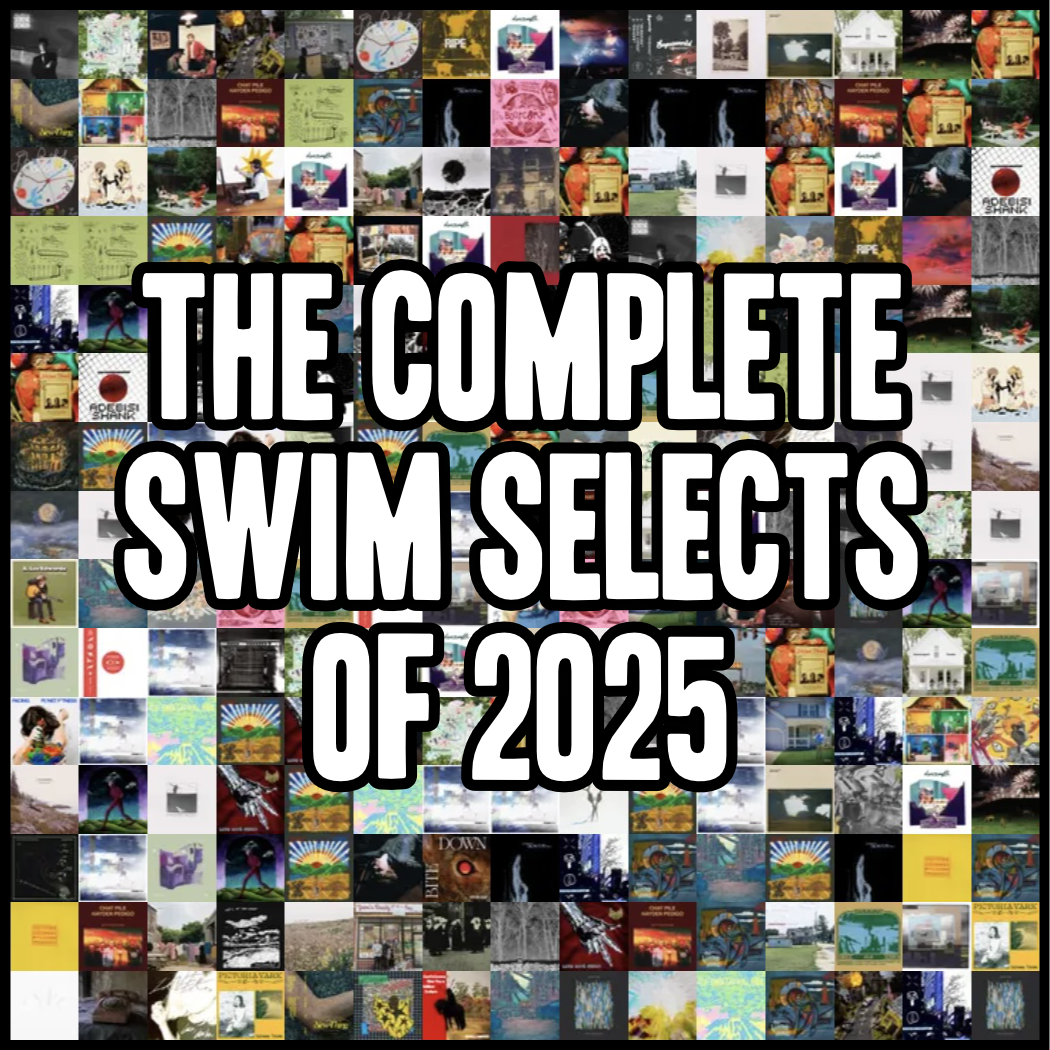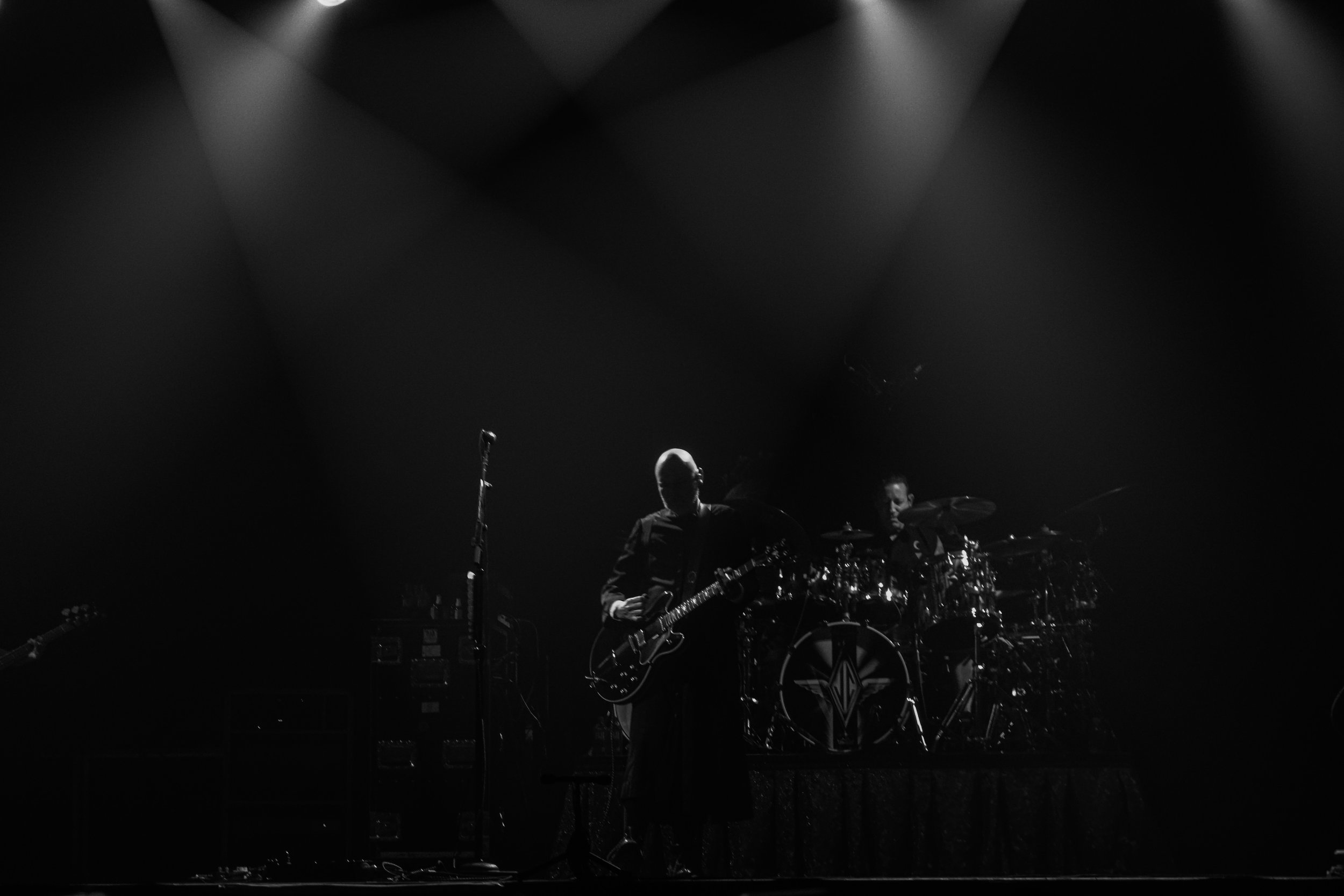The Enduring Life of the Burnout 3 Soundtrack
/Twenty years ago, on September 8th, 2004, Burnout 3: Takedown was released on the sixth generation of consoles. Burnout 3 is an arcadey racing game designed around boosting, driving as fast as possible, and knocking opponents off the road as you race towards the finish line. In its purest moments, you’d find yourself flying down busy streets at triple-digit speeds, trading paint with other racers, sparks flying as you attempt to smash them into walls, pillars, and oncoming cars. Not only is Burnout 3 one of my favorite games of all time, but it also has one of the most formative soundtracks of my entire life, filled with infectious pop-punk and early-aughts shredding.
Depending on what kind of household you grew up in, a new video game was a big deal. In my family, a new video game was a special occasion typically reserved for birthdays, holidays, or months of scraping together hard-earned allowance money. Maybe that’s why, when my mom purchased Burnout 3 for me on a whim in 2005, it has stuck with me to this day.
When you’re in middle school (as I was in 2005), a new game is worth its weight in gold, and a good new game is worth the world. In the summer of 2005, I was only 12 years old with two younger brothers who were still in elementary school, so I wasn’t allowed to own Halo, Grand Theft Auto, or any other “Mature” games. Luckily, Burnout 3 was only rated “Teen” due to “mild violence and mild language,” two asterisks my mom could apparently get behind. The game was also a year old at that point, so it was also probably discounted to hell, which didn’t hurt.
I still remember this purchase because it was so unexpected. I asked my mom if I could buy a used copy of the game, fully expecting a ‘no’ as the answer, but even then I knew shooters had to shoot their shot. Much to my surprise, she responded with, “Sure, why not?” and bought the game on the spot while we were out running errands. I carried the case home, placed the disc gently in my Xbox, and my life was never the same.
Not only is Burnout 3 a great game, but it’s a great game with a great soundtrack. My music taste at that time centered almost exclusively around my dad’s music or stuff I had picked up from friends. That meant lots of AC/DC, Aerosmith, Zeppelin, and Foo Fighters. That was all well and good, but on the cusp of my rebellious teenage years, I was looking for something to make my taste my own, and I found that in Burnout 3.
When you boot up Burnout 3, you’re greeted by a series of logos followed by a montage of car-smashing gameplay set to The F-Ups’ snotty pop-punk anthem “Lazy Generation.” As my pre-teen brain absorbed the flashy visuals of speeding cars and the immensely catchy chorus, something inside me clicked. This shit ruled.
After the intro, I proceeded to the main menu and finally took control of a car as I played through the game’s tutorial. Soon, the sounds of No Motiv’s “Independence Day” blared from the speakers of my TV as I sped down the streets of some wooded Californian town. My blood pumped, my pupils dilated, and my brain was on fire with dopamine, all while high-energy pop-punk scored the scene.
Years later, I look back on Burnout 3 as an oddly formative discovery in my musical history. That soundtrack – while very frosted-tips, chain wallet, mid-aughts – led me to a genre of music that I didn’t even know the name of at the time. By the time I was in high school, I’d come to consciously conceive of what “pop-punk” was, but by that point, the genre had all but fallen out of favor in popular culture. Before I knew about subgenres, my pre-teen brain could barely grasp the connection between these songs, other than the fact that they were fast-paced and made me want to drive a digital supercar like an absolute hellion.
Even now, two decades later, I still revere many of these bands on a very genuine level. I mean, who can say no to Jimmy Eat World and New Found Glory? I still go absolutely bonkers for “C’mon C’mon,” “Hot Night Crash,” and “Saccharine Smile,” all songs I wouldn’t know if it wasn’t for this game. This soundtrack also gave me my first brush with scene-shaping bands like My Chemical Romance, Fall Out Boy, Yellow Card, and From First To Last.
Listing these groups out in 2024, it’s almost impossible to conceive of any piece of media where they’d all fit together. You’ve got Franz Ferdinand, Motion City Soundtrack, and Rise Against, all of which are spun by Stryker, the game’s in-universe DJ who comments on races from the comfort of his studio at Crash FM. While this feature of “in-universe DJ” would be adopted in countless future games (usually to more annoying degrees), it gave the world of Burnout some sense of believability and treated these songs with more reverence than just another thing that would play during a race. Framing the songs through this omnipresent disc jockey made it feel like they were being played intentionally by a real person, or at least that’s how it felt to my dumb little 12-year-old brain.
It's worth noting that Burnout 3 wasn’t just pop-punk; you had some harder metalcore stuff like Atreyu, straight-up punk like The Bouncing Souls, legacy bands like the Ramones, and at least a few bands from the UK scene like The Futureheads. There is also a surprising amount of Vagrant Records representation from groups like No Motiv and Reggie And The Full Effect, but my adoration for those bands and that label is another post entirely.
Two decades down the line, I’ll still boot up Burnout 3 once in a while whenever I have access to the old Xbox 360 at my parent's house back in Portland. Ironically, because of music licensing, the game isn’t backward compatible with current consoles, meaning the only way to play it is on the original hardware or (at best) a decade-old Xbox 360. As a result, Burnout 3 is left to be eclipsed by its more accessible sequels, Burnout Revenge and Burnout Paradise. While those games probably served a similar purpose to people a few years younger than me, Burnout 3 will always be “my” Burnout of choice, and even though it’s a bit harder to play, luckily, I can always throw the soundtrack on and relive the glory days of Takedowns and spectacular crashes.



























